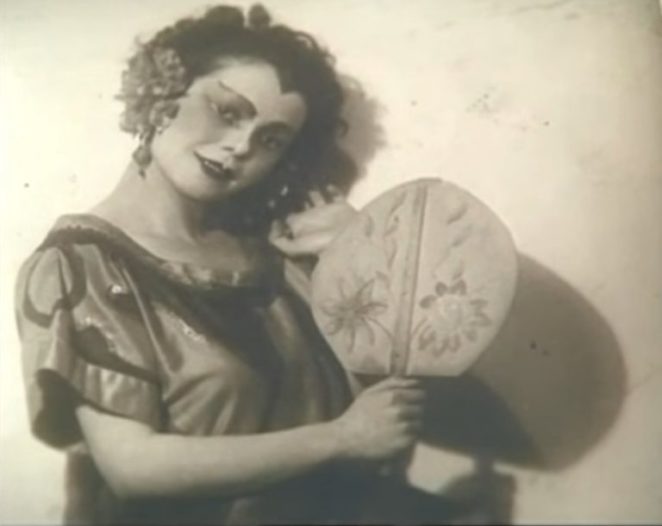Rifka, affectionately called Riki, Sarajevo was the first professional dancer, but also the first Sephardic ballerina and ballerina of the National Theater in Belgrad. since childhood Rifka showed his talent for dancing. Together, accompanied by Sister Clare on guitar in 1919, Ricky was caught short piece of his oldest sister Laure entitled “Saving for PEHAS”. On that occasion, he noticed members of the Jewish cultural society Benevolencija, but becomes a member and appearances at events and celebrations. Soon, going to ballet school in Zagreb on training.
The first performance in Sarajevo as a member of the Society had in 1920. She continued her education at Karl Raymond in Vienna, where she spent three years. After returning from training Riki was engaged at the National Theater in Belgrade. In the period from 1923 to 1927 was a ballet dancer in the theater, a season of 1926/7. becomes a solo ballerina.
He was considered the most talented ballerina Yugoslavia contest for the stylized grotesque, but also for the ballerina with the best body proportions. The National Theater in 1932, sent to Paris for training. There he took lessons classical Russian ballet professor Nicholas Legat, a former champion of the Imperial Russian Ballet, and Mrs. Nijinsky.
Together with members of the National Theater has performed in France, Greece, Austria, Czechoslovakia, Germany and Spain. At the peak of his career was from 1931 to 1934, and then was valid for the beloved ballet Belgrade audience and by many was the prettiest . Ricky’s career over the years played a large number of character and solo miniatures, including: Ice cream in Swan Lake, canary and white cat in an enchanted beauty, lover’s house, and in ARAPKE Raimondi, The baby dolls in Villa, Jester and dart in Coppelia, Don Quixote in Mor and others.
Early in the morning of the sixth of April 1941. The Germans Belgrade and Riki managed to escape from the capital, avoiding one of the three attacks. Thanks to friends hid in the village of Grbavci, near Ljig, named Milica Marusic. After the war he returned to the National Theater, but this time as a costume designer. She died and was buried in 1968 in New York, in which he left in 1957 because of hip surgery, with the epitaph “I dream of Sarajevo”.
After the war he returned to the National Theater, but this time as a costume designer. She died and was buried in 1968 in New York, in which he left in 1957 because of hip surgery, with the epitaph “I dream of Sarajevo”. After the war he returned to the National Theater, but this time as a costume designer. She died and was buried in 1968 in New York, in which he left in 1957 because of hip surgery, with the epitaph “I dream of Sarajevo”.




I learned something new again. This is really interesting.